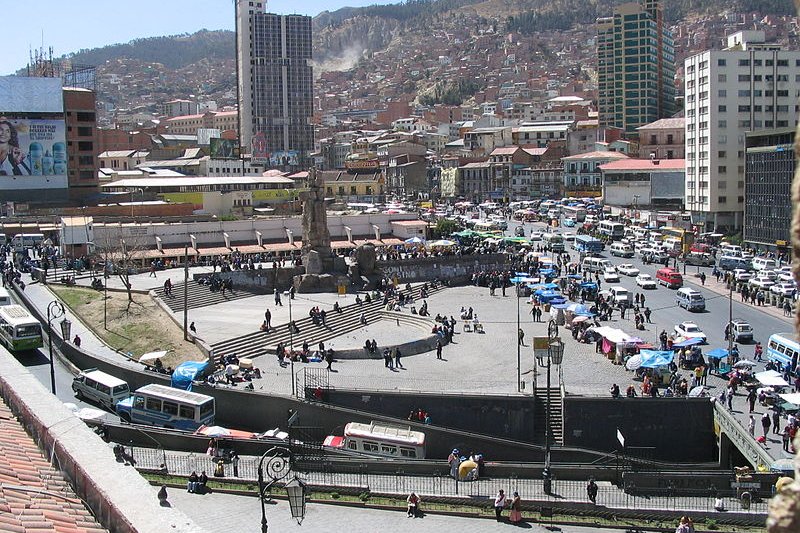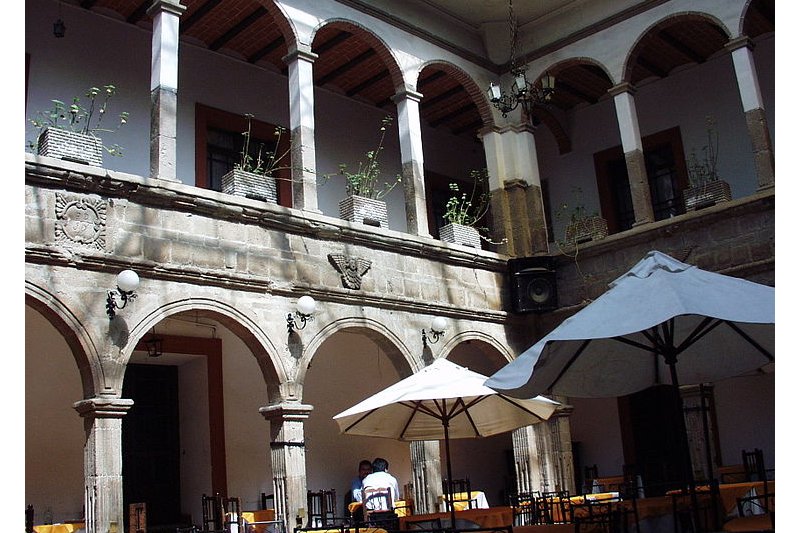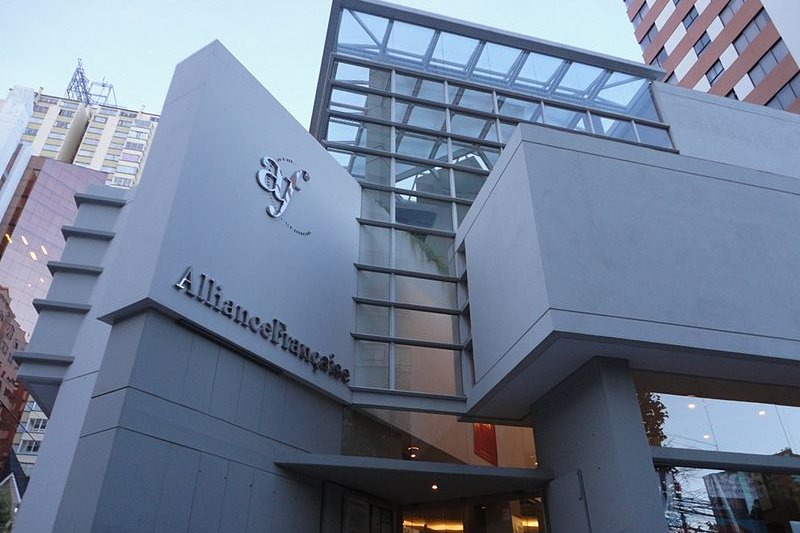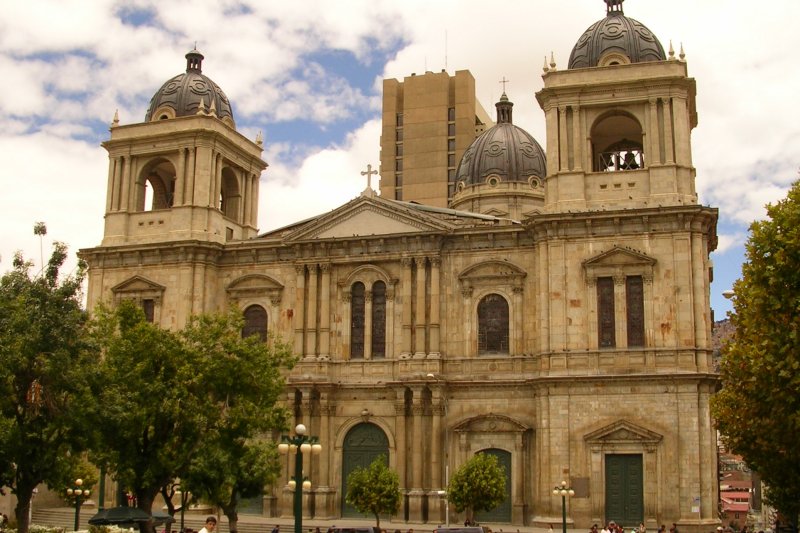
 View of Sopocachi district in La Paz, Bolivia
View of Sopocachi district in La Paz, BoliviaSource: https://commons.wikimedia.org/wiki/File:Centro_de_La_Paz_Bolivia.jpg
Author: Christopher Walker

La Paz is the administrative capital and second largest city in Bolivia. Located on the western part of Bolivia, La Paz covers 472 sq km (182.2 sq mi) within an urban area sprawling over 3,240 sq km (1,251 sq mi). La Paz has a population of 880,000 within a metropolitan area of 2.3 million people. It is four hours behind Coordinated Universal Time (UTC-4). The phone area code for La Paz is 2.
La Paz is the second biggest city in Bolivia after Santa Cruz de la Sierra, the capital of the Santa Cruz Department in eastern Bolivia, which has a municipality population of 1.8 million people. However metropolitan area of La Paz, which includes the neighbouring cities of El Alto and Viacha, is the most populous in Bolivia. The metropolitan area of Santa Cr5uz de la Sierra, in comparisan, has a population of 2.1 million inhabitants.
 La Paz City Center
La Paz City CenterSource: https://commons.wikimedia.org/wiki/File:Center_of_La_Paz_02.jpg
Author: Anakin

La Paz's position as the administrative capital of Bolivia is based on it having more government department, making it the de facto capital. The official capital of Bolivia, however, is Sucre, where the seat of Justice is based. Located at an elevation ranging from 3,000 m (9,840 ft) to 4,100 m (13,450 ft), La Paz is one of the highest capital cities in the world.
La Paz experiences a subtropical highland climate. Due to its high altitude, La Paz enjoys cool weather throughout the year. Temperature is quite uniform, hovering around 5°C (41°F) in June and July to 8°C (46°F) in November to March. Wettest month is January, which receives 130 mm (5.12 in) of rain.
 Restaurant in La Paz
Restaurant in La PazSource: https://commons.wikimedia.org/wiki/File:Bolivia-lapaz5.jpg
Author: marcalandavis

The La Paz area was originally an indigenous American settlement known as Laja. The Spanish established La Paz in 1548 and named it Nuestra Señora de La Paz, meaning "Our Lady of Peace". This was carried out by Pedro de la Gasca on the orders of Emperor Charles V, who was the King of Spain and Emperor of the Holy Roman Empire.
La Paz became the de facto capital of Bolivia in 1898, although Sucre, which had been made the capital since 1839, retained its position as the nominal historical and judiciary capital. The recognition of La Paz as capital in a sense reflected the shift is the Bolivian economy away from the exhausted silver mines of Potosí to the tin mines of Oruro. It also marked the redistribution of power among the national elites.
 Alliance Française, La Paz
Alliance Française, La PazSource: https://commons.wikimedia.org/wiki/File:AF_LaPaz.jpg
Author: Edgar Claure

Visiting La Paz, Bolivia
El Alto International Airport (LPB) is the gateway to La Paz. It is the second busiest airport in Bolivia after Santa Cruz de la Sierra's modern Viru Viru International Airport. Located at 4,058 m (13,313 ft) above sea level, it is almost half the height of a jetliner's cruising altitude. Due to its location, it requires an extra long runway for takeoffs, to account for the thin air.Due to the thin air, arriving passengers, are advised not to rush upon arrival, lest they suffer medical complications. There are shared van services from the airport to downtown La Paz. The fare is Bs 4. Alternatively, taxis to central La Paz cost Bs 50.
 Catedral de Nuestra Señora de La Paz, also called Catedral Metropolitana in La Paz, Bolivia
Catedral de Nuestra Señora de La Paz, also called Catedral Metropolitana in La Paz, BoliviaSource: https://commons.wikimedia.org/wiki/File:Catedral_Metropolitana_de_La_Paz.JPG
Author: Elemaki

Exploring La Paz
La Paz is located in a bowl-like valley. General recommendation to tourists would be, if they got lost, walk downhill, as you will likely end up somewhere downtown. The easiest way to get about is by taking a taxi. Taxis in La Paz do not carry a meter, so it is necessary for you to negotiate a fare before climbing on board. Fares to most places within the city will cost you around Bs 6-8.Places of Interest in La Paz, Bolivia
- Bolivian Andean Textile Museum
- Calle Jaen
- El Alto Thursday & Sunday Market
- Eloy Salmon
- Mercado Negro (Black Market)
- Mirador Killi Killi
- Mirador Monticulo
- Museum San Francisco
- Museum of Contemporary Art
- Museum of Precious Metals
- Musical Instrument Museum
- Parque Laikacota
- Plaza Murillo
- Sagarnaga Street
- Submerged Museum
- Tiwanaku Museum
- Valle de la Luna
- Witches Market
 Latest updates on Penang Travel Tips
Latest updates on Penang Travel Tips
About this website

Dear visitor, thank you so much for reading this page. My name is Timothy Tye and my hobby is to find out about places, write about them and share the information with you on this website. I have been writing this site since 5 January 2003. Originally (from 2003 until 2009, the site was called AsiaExplorers. I changed the name to Penang Travel Tips in 2009, even though I describe more than just Penang but everywhere I go (I often need to tell people that "Penang Travel Tips" is not just information about Penang, but information written in Penang), especially places in Malaysia and Singapore, and in all the years since 2003, I have described over 20,000 places.
While I try my best to provide you information as accurate as I can get it to be, I do apologize for any errors and for outdated information which I am unaware. Nevertheless, I hope that what I have described here will be useful to you.
To get to know me better, do follow me on Facebook!
Copyright © 2003-2025 Timothy Tye. All Rights Reserved.

 Go Back
Go Back